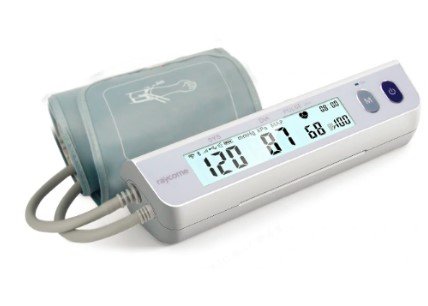The Importance of Sterilization in Phlebotomy: FDA Regulations and Compliance for Imported Products from China
Summary
- There are specific Regulations and requirements in the United States regarding the sterilization of phlebotomy products imported from China.
- The FDA oversees the importation of medical devices, including phlebotomy products, to ensure they meet safety and effectiveness standards.
- Importers must comply with FDA Regulations, including sterilization requirements, to ensure the products are safe for use in medical labs and procedures.
The Importance of Sterilization in Phlebotomy
Phlebotomy is the process of drawing blood from patients for diagnostic testing, blood donation, or medical procedures. It is a crucial aspect of medical care and requires the use of specialized equipment and products to ensure the safety and well-being of patients. One of the most important considerations in phlebotomy is the need for proper sterilization of equipment and products to prevent the spread of infections and diseases.
Regulations and Requirements in the United States
In the United States, the Food and Drug Administration (FDA) is responsible for regulating the importation of medical devices, including phlebotomy products, to ensure they meet safety and effectiveness standards. This includes requirements for sterilization to prevent the transmission of infectious agents through contaminated products.
FDA Oversight of Imported Phlebotomy Products
When phlebotomy products are imported from countries like China, importers must comply with FDA Regulations to ensure the products are safe for use in medical labs and procedures. This includes requirements for sterilization of products to eliminate any potential pathogens that may be present.
Compliance with Sterilization Requirements
Importers of phlebotomy products from China must demonstrate compliance with FDA Regulations for sterilization. This may include providing documentation of sterilization processes used, such as steam sterilization or ethylene oxide sterilization, as well as ensuring products are packaged and stored in a way that maintains their sterility until use.
Ensuring Patient Safety
Proper sterilization of phlebotomy products is essential for ensuring patient safety and preventing the spread of infections in medical settings. By following FDA Regulations and requirements for sterilization, importers can help to protect the health and well-being of patients who rely on these products for their care.
Conclusion
Overall, there are specific Regulations and requirements in the United States regarding the sterilization of phlebotomy products imported from China. Importers must comply with FDA Regulations for sterilization to ensure the safety and effectiveness of these products for use in medical labs and procedures. By following these guidelines, importers can help to protect patient safety and prevent the spread of infections in healthcare settings.

Disclaimer: The content provided on this blog is for informational purposes only, reflecting the personal opinions and insights of the author(s) on the topics. The information provided should not be used for diagnosing or treating a health problem or disease, and those seeking personal medical advice should consult with a licensed physician. Always seek the advice of your doctor or other qualified health provider regarding a medical condition. Never disregard professional medical advice or delay in seeking it because of something you have read on this website. If you think you may have a medical emergency, call 911 or go to the nearest emergency room immediately. No physician-patient relationship is created by this web site or its use. No contributors to this web site make any representations, express or implied, with respect to the information provided herein or to its use. While we strive to share accurate and up-to-date information, we cannot guarantee the completeness, reliability, or accuracy of the content. The blog may also include links to external websites and resources for the convenience of our readers. Please note that linking to other sites does not imply endorsement of their content, practices, or services by us. Readers should use their discretion and judgment while exploring any external links and resources mentioned on this blog.
